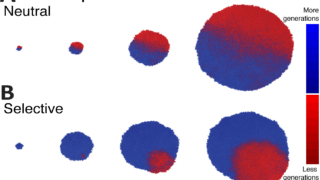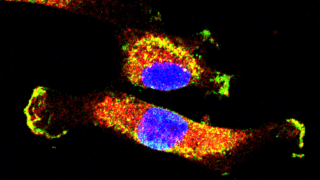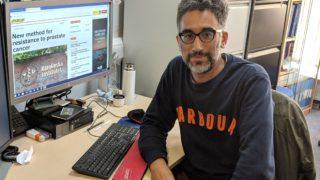Tag: Genetics
Search News
Categories
Archives
Using AI to study tumour evolution
2nd September 2020
Researchers have developed a computation model that can reconstruct the evolutionary history of cancer. By unravelling the genetic complexity of a tumour, the tool can be used to better understand how the cancer has developed and may help to guide treatment strategies in the future.
Read moreEvolutionary Insights: From cancer to corals
27th August 2020
Dr Benjamin Werner has teamed up with evolutionary ecologists as part of a new research collaboration, funded by a $1 million research grant from the Human Frontier Science Program.
Read moreUnravelling the circuitry that controls cancer growth and spread
23rd June 2020
Research reveals novel insights into the molecular circuitry controlling cancer cell growth and spread. The findings highlight new pathways involved in these key processes of cancer progression that may represent targets for therapies.
Read moreUnderstanding familial leukaemia
8th August 2019
In 2014, the charity Bloodwise awarded a 5-year programme grant to a team from Queen Mary University of London to support research to better understand the nature of the faulty genes responsible for an inherited/familial predisposition to MDS/AML.
Read moreAR alterations in prostate cancer
16th May 2019
Recent findings from a study published in JAMA Oncology have identified genetic markers within blood samples which may indicate whether patients with prostate cancer will respond to hormonal therapies. The study may represent an important step forward for the development of more personalised treatments for advanced prostate cancer.
Read moreNHS Innovation Accelerator
5th March 2019
Dr Ranjit Manchanda from Barts Cancer Institute, Queen Mary University of London, and Consultant Gynaecological Oncologist at Barts Health NHS Trust, was announced today as one of 13 Fellows to join the NHS […]
Read more




